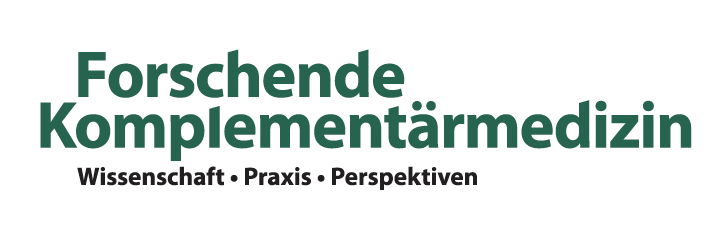 Marco Schmidt (a), Thomas Hennke (a),
Marco Schmidt (a), Thomas Hennke (a), Mira Knöchel (a), Achim Kürten (b),
Johannes Hierholzer (c), Peter Daniel (d), Frank Bittmann (a)
(a) Potsdam Centre for Biological Regulation Medicine, University of Potsdam,
(b) Center for Traditional Chinese Medicine, St. Hedwig Hospital, Berlin,
(c) Ernst von Bergmann Hospital, Potsdam,
(d) Private Practice for Orthodontics and Oral Surgery, Potsdam, Germany
Forsch Komplementmed 2010;17:149–153 · Published online: June 16, 2010 · DOI: 10.1159/000315338
Go to the source
Summary
In this article, five cases of odontogenous dysfunctions and musculoskeletal complaints are presented. A common finding in all patients of this study was that the presence of joint complaints was related to deficits in the corresponding muscular function. These deficits were determined by manual muscle tests as described by Kendall et al. [Muscles – Testing and Function, ed 4. Baltimore, Williams and Wilkins, 1993] and were eliminated immediately by a neural therapeutic test injection into the disturbed dental region. The therapy provided solely aimed to eliminate the odontogenous dysfunction. No other therapeutic measures were carried out with regard to the patients’ respective muscle, tendon, or joint complaints.
Key Words
Odontogenous dysfunctions, Trigeminal nerve, Manual muscle testing , Neural integration, Neural Therapy, Procaine
Conclusions
According to the anatomical facts of the complex neuronal networks of the trigeminal nerve, the cases presented in this article suggest causal relationships between odontogenous disturbances and skeletal motor malfunctions. Despite the specific relationship of different odontons as suggested by Voll und Kramer [12], cases 4 and 5 indicate that multiple influences of a single tooth cannot be ruled out.
To verify odontogenous disturbances in an individual, a neural therapeutic test injection with a local anaesthetic into the suspected odonton (according to Huneke) seems to be a valuable differential diagnostic step after manual or machineaided testing of the affected musculature.
Nevertheless, the present case study should direct our focus to a repeatedly observed phenomenon in the treatment of chronic pain syndromes of the motor system and cannot prove a causal dependence. Further randomized and controlled trials are needed to estimate the extent of non-specific treatment effects (placebo effects) in this treatment configuration.
In particular, the assumed specific effect of a local injection of procaine (Huneke’s flash phenomenon) has to be verified by a blinded design.
Still, in view of the convincing studies on the neuronal-anatomical integration of the trigeminal nerve and the functional interrelations between trigeminal afferents and skeleton motor control, diagnostic considerations should include the pathogenic influence of odontogenous disturbances on neuromuscular behaviour. In addition, the National Institutes of Dental and Craniofacial Research and the National Institute of Health in the U.S. claim that dental health cannot be separated from the rest of the body, as it is deeply interwoven in the complete health configuration [8]. Slavkin and Baum as well claim that the curricular exclusion of oral and tooth diseaseS from human medicine studies is a historical accident [20].
Go to the source
